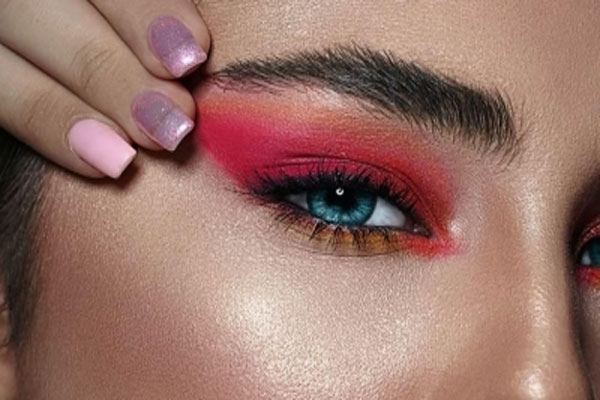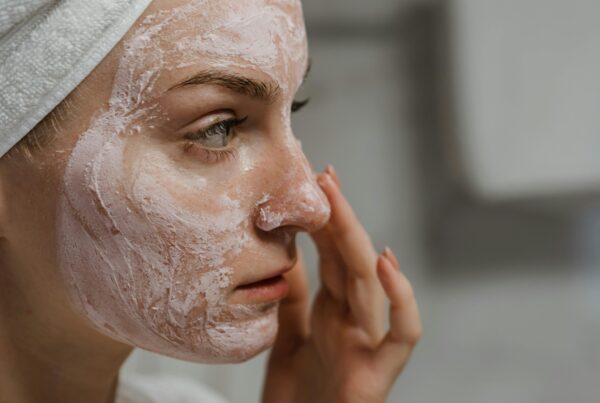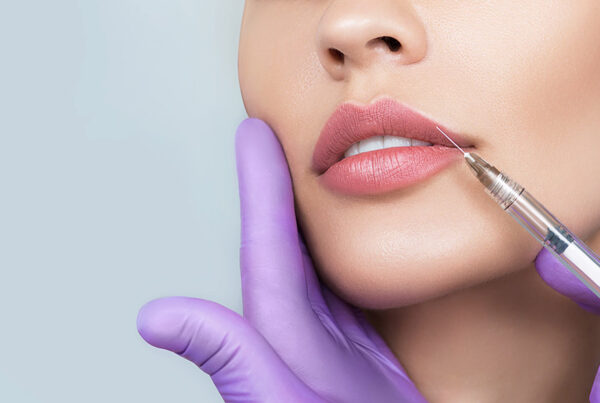Eye makeup
Products, including mascara, eye shadow, kajal and eyeliner, are an important part of many people’s beauty regimens. However, bad habits and poor makeup hygiene can lead to problems involving your eyes and eyelids. Additionally, if you have sensitive skin, you may be more prone to allergy and irritation resulting from cosmetics.
When you’re going for that smoky-eye look, bacteria and fungi are not top of mind. But mascara, eyeliner and other eye makeup can cause infections and injuries when not used properly.
Common eye problems associated with eye make-up:
- Allergic Reactions: Sometimes, a specific eye makeup product could cause eye irritation, swelling, redness or infection as an allergic reaction. When this happens, you need to immediately stop using the product.
- Conjunctivitis: Most makeup products contain preservatives that prevent bacteria from forming. But sometimes, bacteria growth happens and causes conjunctivitis — or pink eyes.
- Cornea Scratch: While quickly applying kajal, mascara, or eyeliner, your cornea could get damaged. Or the surface of the eye could get scratched with an infected brush or makeup pencil. In extreme cases, the damage could cause severe infection.
Eye Makeup: Dos and Don’ts
- Don’t put on your eye makeup when driving or riding in a moving vehicle: That mascara wand or eyeliner brush could easily scratch your cornea. Sudden stops of buses or other vehicles can increase the risk of you scratching the surface of your eye. And of course, if you’re driving, then your full attention needs to be on driving.
- Don’t hold on to old makeup: Eyelashes naturally have bacteria on them. So when a mascara wand or eyeliner brush comes into contact, some contamination of the applicator happens over time. Moreover, all kinds of bacteria and fungi can multiply in these pretty little cosmetic boxes. And each of them come with shelf lives. Checking the makeup label before buying can help. Throw eye makeup products after 3-4 months of usage, and look for new products.
- Don’t apply make-up at the meeting of the eye and the eyelid: Eye makeup at the point where the eye and the eyelid meet can block important glands and cause dry eyes.
- Don’t wear makeup around the eye if you’ve recently had eye surgery: Do not wear makeup around the eye until your ophthalmologist tells you it is safe to do so if you have recently had an eye-related surgery. Get new makeup products to avoid any possible infections when you start wearing makeup again.
- Use clean eye makeup applicators: Before you use them, ensure the eye makeup applicators are clean. Wash or replace all brushes and sponges frequently.
- Apply eyeliner on the outside of the lash line: Don’t use eyeliner on the inner eyelids or the inside of the lash line. It will prevent any scratches to your eyes and prevent makeup from getting inside your eye.
- Remove eye makeup at the end of the day: Whenever your day ends, make sure to remove all makeup — especially eye makeup. Even the tiniest speck of eye cosmetics like mascara, eyeliner, or eyeshadow can cause an infection or irritation.
- Replace eye makeup after an eye infection: If you get an eye infection, it is important to replace all of your previous eye makeup products to avoid more bacteria spreading.
- Rinse your eyes thoroughly if makeup gets into them: Rinse them thoroughly with clean tap water or eye-wash solution. Remove out all makeup flakes from your eyes. If you wear contact lenses, remove them before rinsing your eyes. Clean them thoroughly with lens solution, and don’t put them back on for as long as there is irritation in the eyes.




